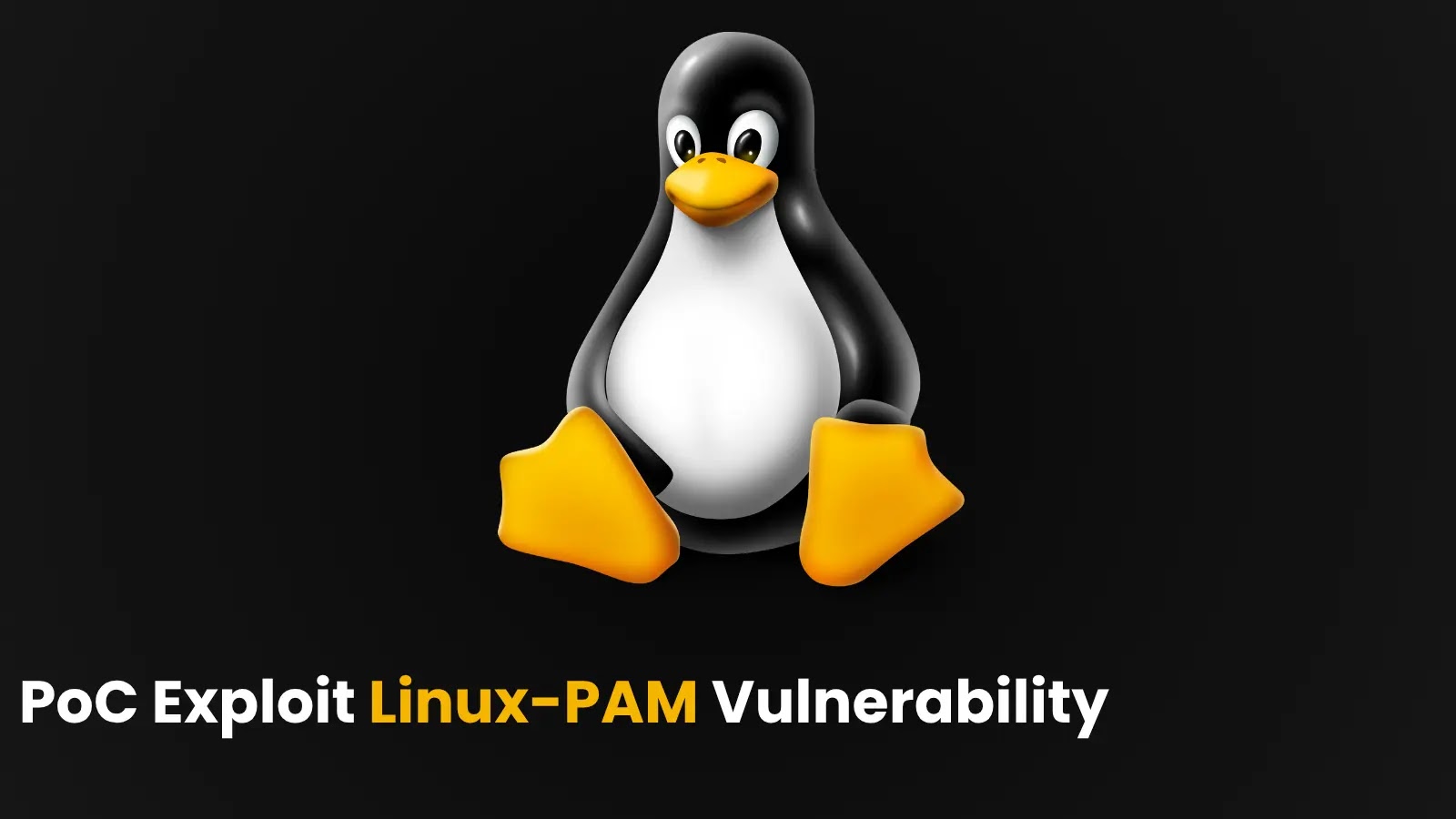
PoC Exploit Released for Linux-PAM Vulnerability Allowing Root Privilege Escalation
Urgent Alert: PoC Exploit Released for Critical Linux-PAM Root Privilege Escalation Vulnerability
A significant security concern has emerged for virtually all Linux distributions. A high-severity vulnerability, tracked as CVE-2025-8941, has been identified within the Pluggable Authentication Modules (PAM) framework. What makes this particularly alarming is the recent public release of a Proof-of-Concept (PoC) exploit, significantly increasing the immediate risk. This vulnerability allows local attackers to escalate their privileges to full root access, fundamentally compromising the security of affected systems. For any organization relying on Linux infrastructure, understanding this threat and implementing timely remediation is paramount.
Understanding CVE-2025-8941: The PAM Privilege Escalation
The core of this vulnerability lies deep within the Linux operating system’s authentication mechanisms. PAM, or Pluggable Authentication Modules, is a highly flexible and powerful framework used to integrate various low-level authentication schemes into a unified high-level API. This includes user authentication for activities like logging in, changing passwords, and creating user accounts.
CVE-2025-8941 specifically targets weaknesses within PAM related to symlink attacks and race conditions. An attacker with local access to a vulnerable system can leverage these to trick the system into performing unauthorized actions with elevated privileges. In a symlink attack, the attacker manipulates symbolic links to point to sensitive system files at a critical moment. Combined with a race condition – where the timing of operations can be exploited – the attacker can force PAM to process files they control, ultimately leading to root privilege escalation. Gaining root access means an attacker has complete control over the system, able to install malware, steal data, alter configurations, or launch further attacks.
Impact and Severity: Why Root Access is a Critical Threat
The release of a PoC exploit for CVE-2025-8941 elevates this from a theoretical weakness to an immediate and executable threat. Root access in Unix-like environments is the ultimate level of control. An attacker who achieves root can:
- Access and Exfiltrate Sensitive Data: Read, modify, or delete any file on the system, including confidential databases, user credentials, and proprietary code.
- Install Backdoors and Malware: Establish persistent access to the compromised system, bypassing future security measures.
- Alter System Configurations: Disable security software, modify kernel parameters, or change networking rules to facilitate further attacks or disrupt services.
- Lateral Movement: Use the compromised system as a launching pad for attacks on other systems within the network.
- Data Destruction and Denial of Service: Wipe entire filesystems or disrupt critical services, leading to significant operational downtime.
The widespread use of Linux in servers, cloud infrastructure, and embedded systems means this vulnerability has a broad attack surface, making proactive defense essential.
Remediation Actions for CVE-2025-8941
Given the severity and the existence of a public PoC exploit, immediate action is required to mitigate the risk associated with CVE-2025-8941. System administrators and security teams should prioritize the following:
- Patching and Updates: The most crucial step is to apply security patches released by your Linux distribution vendor as soon as they become available. Monitor official advisories from vendors like Red Hat, Debian, Ubuntu, SUSE, and others for specific updates addressing CVE-2025-8941.
- Least Privilege Principle: Ensure that all users and applications operate with the absolute minimum privileges required for their function. This limits the damage an attacker can inflict if a local account is compromised.
- Monitoring and Logging: Implement robust system logging and continuous monitoring for unusual file access patterns, privilege escalation attempts, and suspicious process execution. Pay close attention to PAM-related logs.
- Regular Security Audits: Conduct frequent security audits and vulnerability scans to identify and address misconfigurations or other weaknesses that could be exploited in conjunction with this vulnerability.
- Endpoint Detection and Response (EDR): Deploy and properly configure EDR solutions to detect and respond to suspicious activities indicative of privilege escalation attempts in real-time.
Detection and Mitigation Tools
While direct patches are the primary defense, several tools can assist in vulnerability management, detection, and monitoring:
| Tool Name | Purpose | Link |
|---|---|---|
| OpenVAS / Greenbone Vulnerability Management | Vulnerability scanning for Linux systems; identifies unpatched software including PAM. | https://www.greenbone.net/ |
| Nessus | Comprehensive vulnerability scanner; detects missing patches and common configurations leading to privilege escalation. | https://www.tenable.com/products/nessus |
| Lynis | Security auditing tool for Unix/Linux; provides hardening guidelines and potential weak spots. | https://cisofy.com/lynis/ |
| OSSEC / Wazuh | Host-based Intrusion Detection System (HIDS); monitors system logs and file integrity for suspicious activity, including PAM events. | https://www.wazuh.com/ |
| Auditd | Linux auditing system; can be configured to monitor specific syscalls and file access relevant to symlink attacks and race conditions. | https://access.redhat.com/documentation/en-us/red_hat_enterprise_linux/7/html/security_guide/chap-system_auditing |
Conclusion: Prioritizing Linux Security
The release of a PoC exploit for a critical Linux-PAM vulnerability, CVE-2025-8941, serves as a stark reminder of the continuous need for vigilance in cybersecurity. This flaw directly targets the heart of Linux authentication, offering local attackers a clear path to root privilege escalation. Organizations must act decisively: prioritize patching efforts, enforce the principle of least privilege, enhance logging and monitoring capabilities, and conduct regular security assessments. Staying informed and proactive is the most effective defense against evolving threats like this. Protect your Linux systems before they become another statistic.





